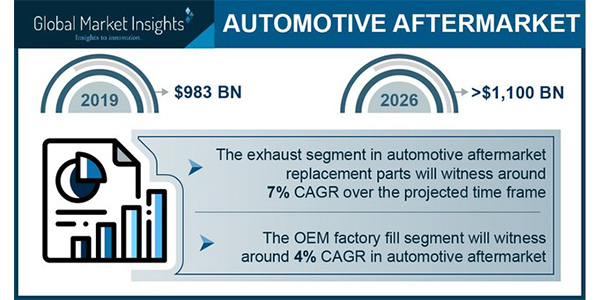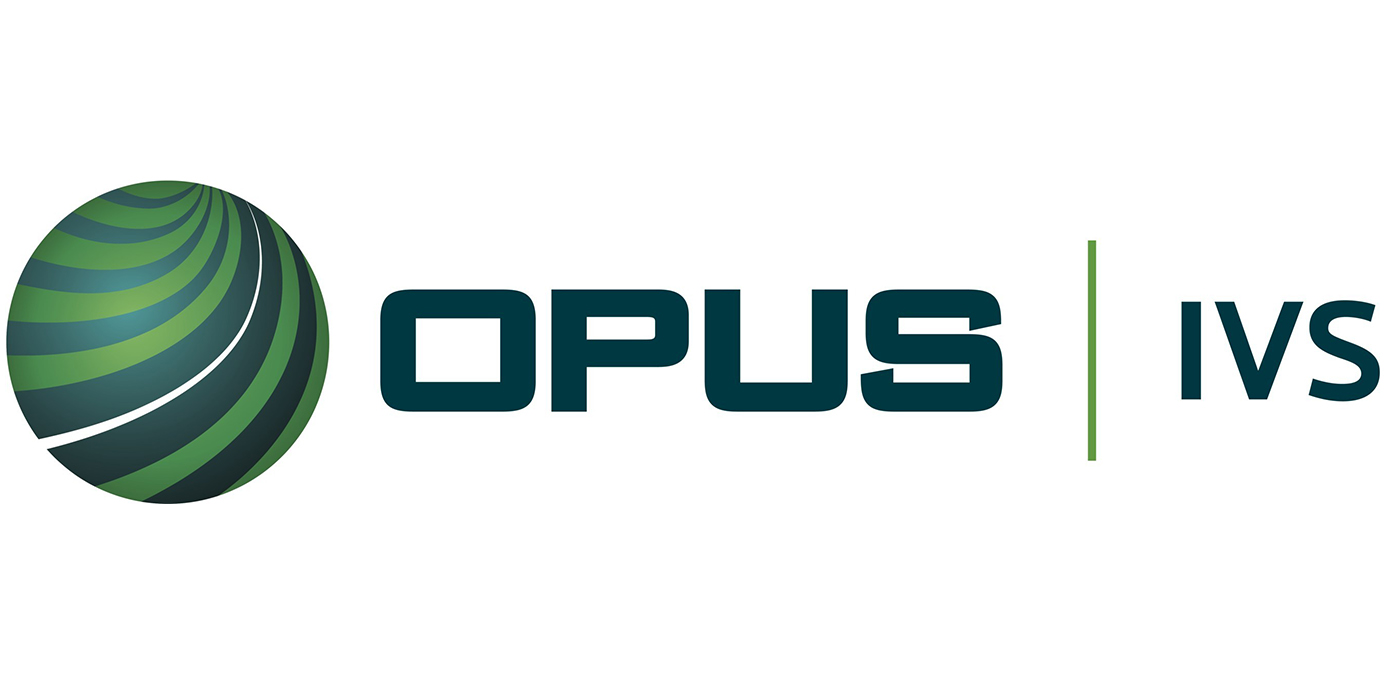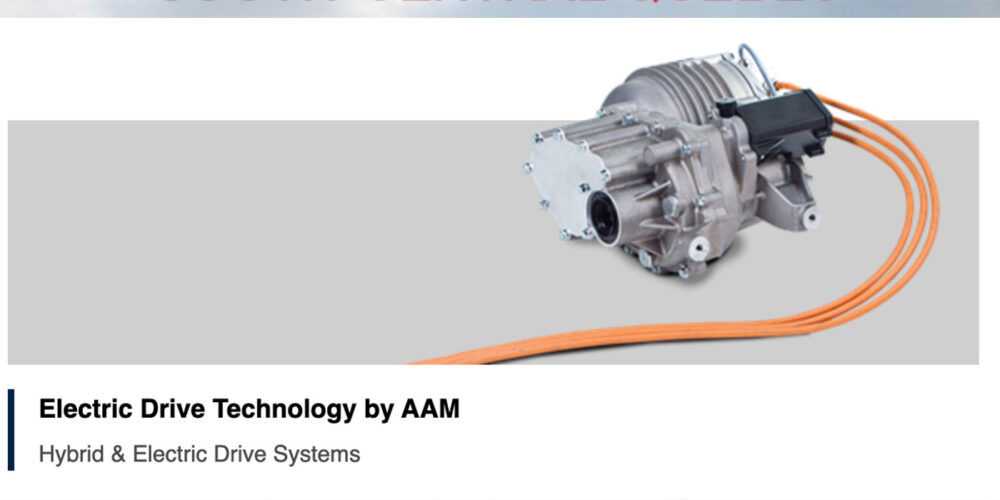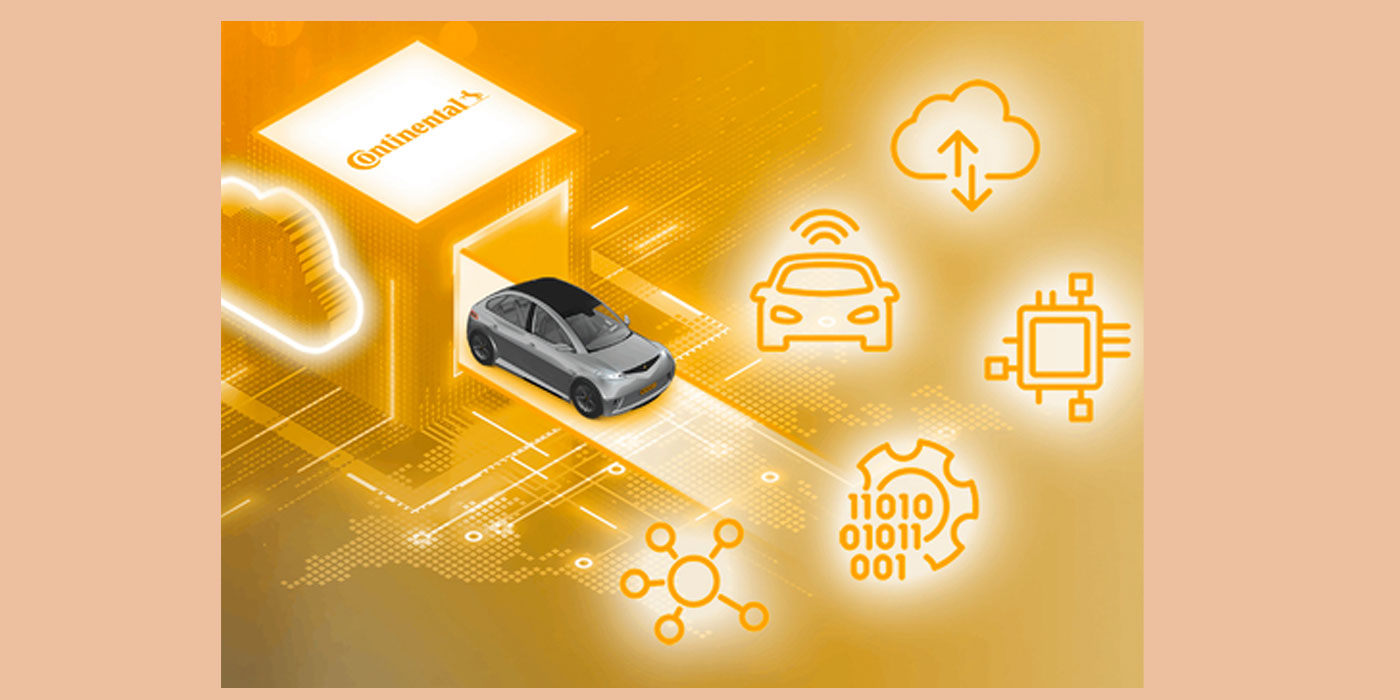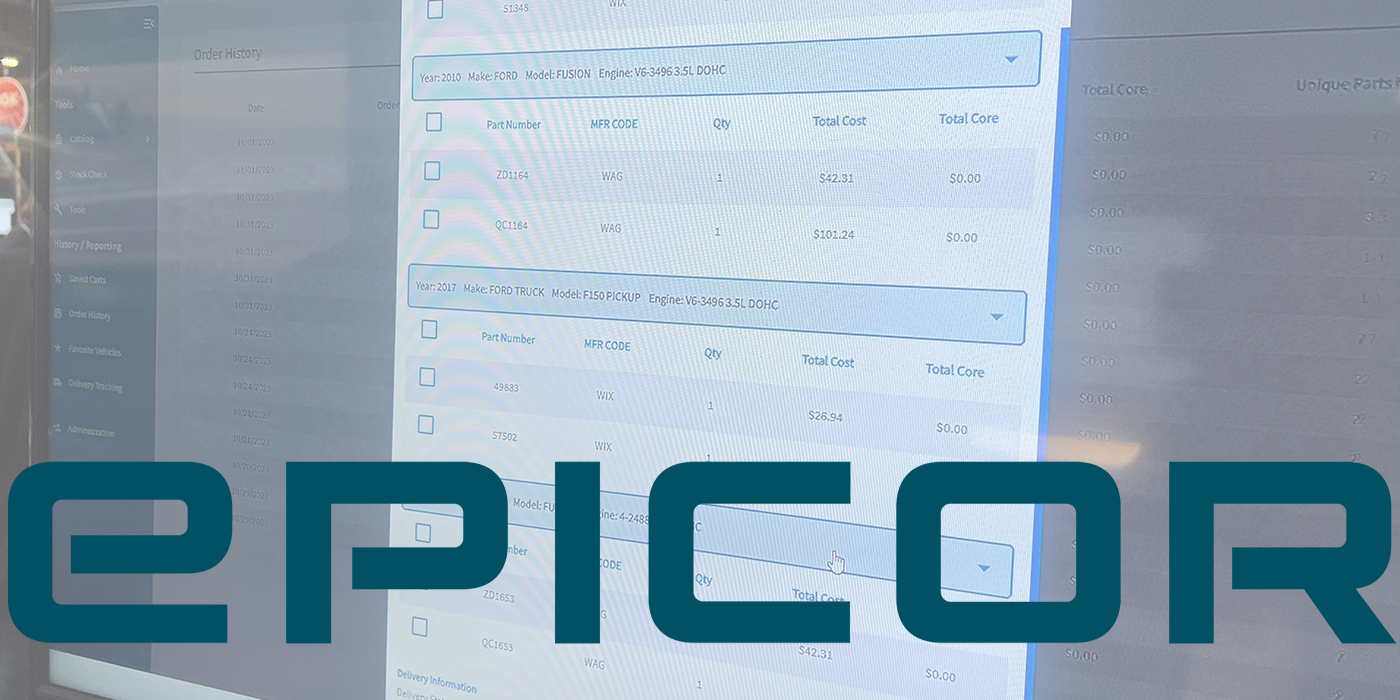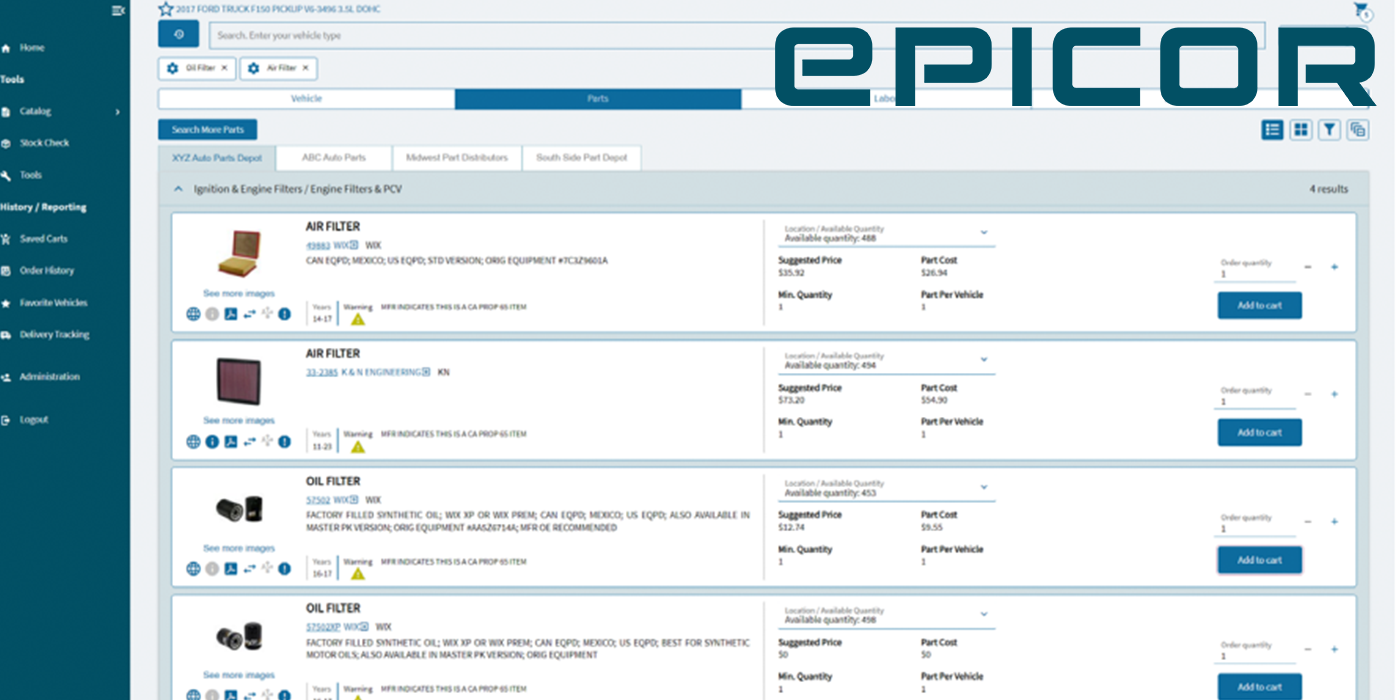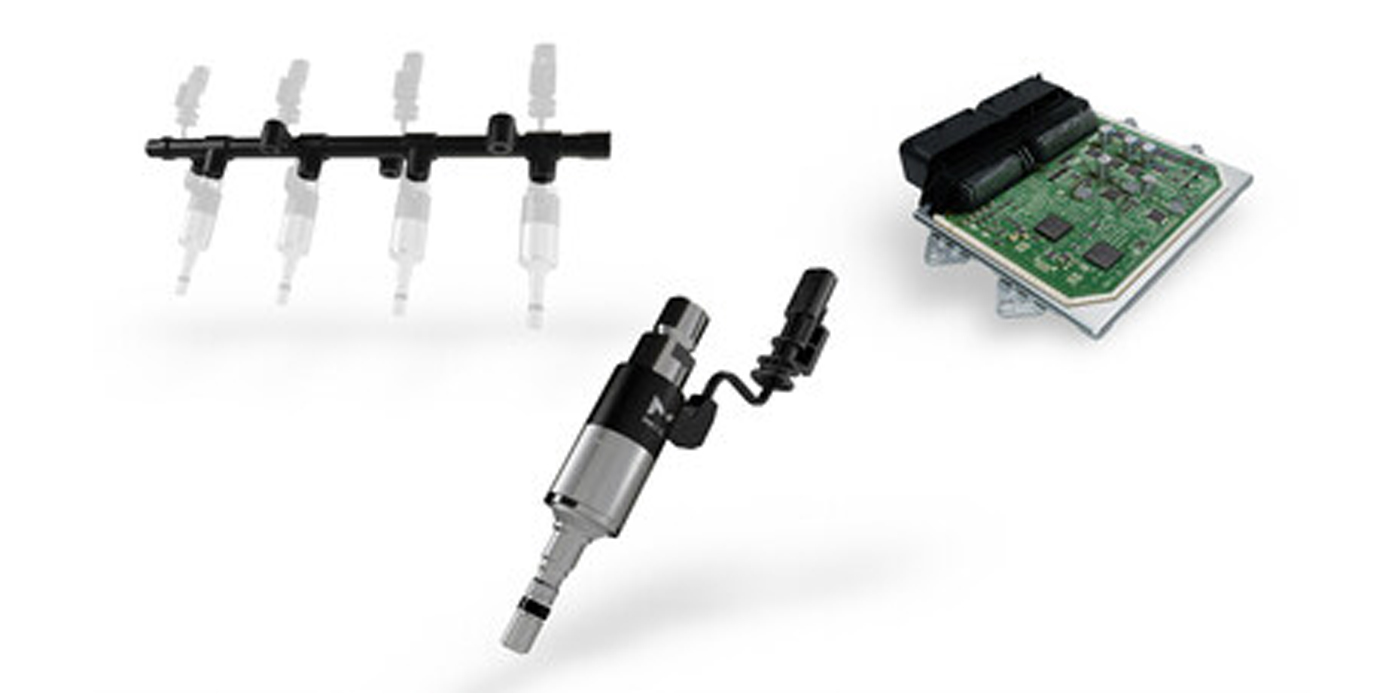Global Market Insights, Inc. has recently added a new report on the automotive aftermarket industry, which estimates the market valuation will cross U.S. $1100 billion by 2026. Increasing vehicle ownership, owing to improving economic conditions, is set to drive the industry’s growth.
The increasing average age of vehicles has led to an increase in the need for maintenance and repair services. The sub-par standard of road infrastructure in some emerging economies, especially in the Asia Pacific, escalates the wear and tear in vehicles, leading to frequent maintenance and repair requirements, driving the automotive aftermarket towards a growth trajectory.
The transformation from conventional means to the digitization of service channels and interfaces is aiding growth opportunities for the sector’s expansion. Modern tools, such as big data and data analytics, allow market participants to store and process vehicle usage data to increase the efficiency of the value chain. The data provides insights on specific vehicle details regarding potential service due date and time spent in workshop per vehicle to increase productivity and effectiveness.
Another emerging trend in the market is remote diagnostics. Remote diagnostics allows for real-time monitoring of parameters of an automobile to evaluate its quality of operations and performance in line with predetermined benchmarks. Additionally, more and more small-scale service providers and shop owners are coming into agreement with large-scale fleet operators to procure additional contracts for repair and maintenance and are further anticipated to support the industry expansion.
Increasing stringency regarding vehicle safety in terms of regulation mandated by several countries across the globe is forcing vehicle manufacturers to incorporate new safety technologies and features such as ADAS in vehicles. The adoption of ADAS is expected to reduce road accidents significantly over the forecast time frame. The rising autonomous vehicle trends are expected to limit the automotive aftermarket growth over the forecast time frame.
The exhaust segment in automotive aftermarket replacement parts will witness around a 7% CAGR over the projected time frame. The exhaust system in an automobile is exposed to high temperatures as the hot air from a combustion engine exits through it. The component is also subject to replacement from high-end and enthusiast consumers to enhance vehicle outlet acoustics. Major components of the exhaust include engine downpipe, engine manifold, catalytic converter, tailpipe, and muffler.
The OEM factory fill segment will witness around a 4% CAGR in the automotive aftermarket size, owing to existing consumer confidence and trust toward automotive parts offered by OEMs. The advantages offered by these OEM outlets include long-term warranty coverage coupled with quality assurance, manifesting the segment growth. The increasing usage of e-commerce and electronics means from established OEM providers is further expected to enhance market growth.
The average age for on-road vehicles in developed regions, especially Europe, is significantly higher and is increasing from the last decade. The European Automobile Manufacturers Association (ACEA) states that in 2017, the average age of passenger vehicles in Europe rose 5.71% relative to 2013, resulting in an average age of 11.1 years. With an increase of this aging fleet, the maintenance sector is further expected to drive automotive aftermarket demand.
Some major findings of the automotive aftermarket report include:
- Increasing sales of pre-owned vehicles.
- Increasing consumer interest toward e-commerce platforms.
- Technological innovation to develop vehicle accessories.

